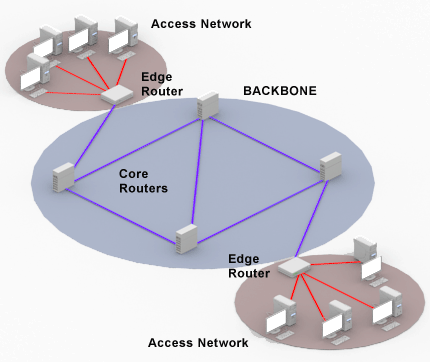Little Internets
After reading the websites of next-generation cloud computing companies like Vercel, Cloudflare, and Fastly, you may see the word "Edge" appear pretty often. "At the Edge" this, "To the Edge" that. When they say mention the Edge, are they referring to the edge of the Internet?
When I first saw that term being used, I got confused as I thought it was a reference to the Internet, where the Edge of the network is essentially all computers not owned by Internet Service Providers, like our phones and laptops in addition to any web servers, file servers, and more. The Edge of the Internet differs from the Core, which consists of cell towers, routers, switches, autonomous systems, and more systems owned by ISPs that own almost all of the core network functionality of the Internet. The Core is often called the network's backbone.

"Of course my stuff will be at the Edge. It wouldn't be doing much of anything at the Core," I thought. Later I found out, though, that these companies are referring to the edges of their own networks. This led me to believe that these companies also have cores to their networks (which they do).
This is a pretty interesting concept, and it's a somewhat straightforward one that nobody ever told me about. These companies structure their networks like the Internet, where there's a core of the network that functions almost like a brain and is exclusive to the owners and operators of the network and an edge of the network where users or customers can do what they want. They're like little Internets!
In Conclusion
These newer models of cloud computing are called edge computing. The edges of their networks are servers in datacenters spread all over the world. Ideally, one of their servers is much closer to some user of your software than a server that you'd self-host or operate in one cloud location. The core of their networks coordinate the publishing of your apps to their global network. So, the companies essentially sell speed and availability and continue to innovate in these areas.